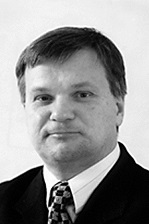Party leader summits in the mid-1990s
From March 1994 to July 1995, four Estonian party summits took place at the behest of the Centre Party. Two were followed by continued meetings where unfinished business was discussed, and by the work of various work groups. The summit, planned as an extraordinary event, gave rise to a tradition of summits over a period of 18 months or so. Since July 1995, there have not been as many well-attended summits, though subsequent years have seen a number of roundtables held in various forms and levels.
The features of the summit should be considered efficacious – a party leader or leaders represents each party, the summit is closed to the public, decisions are adopted by consensus, the statements made at summit are not used to attack each other, a joint communiqué is released at the end of proceedings or a briefing by the leaders is held.
One of the results of the summits was an increase in mutual trust between parties and closer interpersonal dialogue. Summits were also a sign to society that on certain issues either important to a party or to society (general issues of party growth, the war against crime, creation of an honor system for elections, etc.) parties could have meaningful cooperation.
The current method of financing parties from the budget was worked out at summit, which undoubtedly was a quantum leap for parties. Discussion along those lines started at the first summit, though it remained behind the scenes at that time. After the 1995 election campaign, parties had largely run out of money and state support was essential. Let us note here that our neighbors to the south, the Latvians, have not been able to agree on a single national system for financing parties in the Seim and that may be a reason that the party landscape in the 1990s was more unstable in Latvia than in Estonia.
